The global shift to electric vehicles is gaining momentum, yet the extraction of battery materials has a significant environmental footprint that comes with high costs.
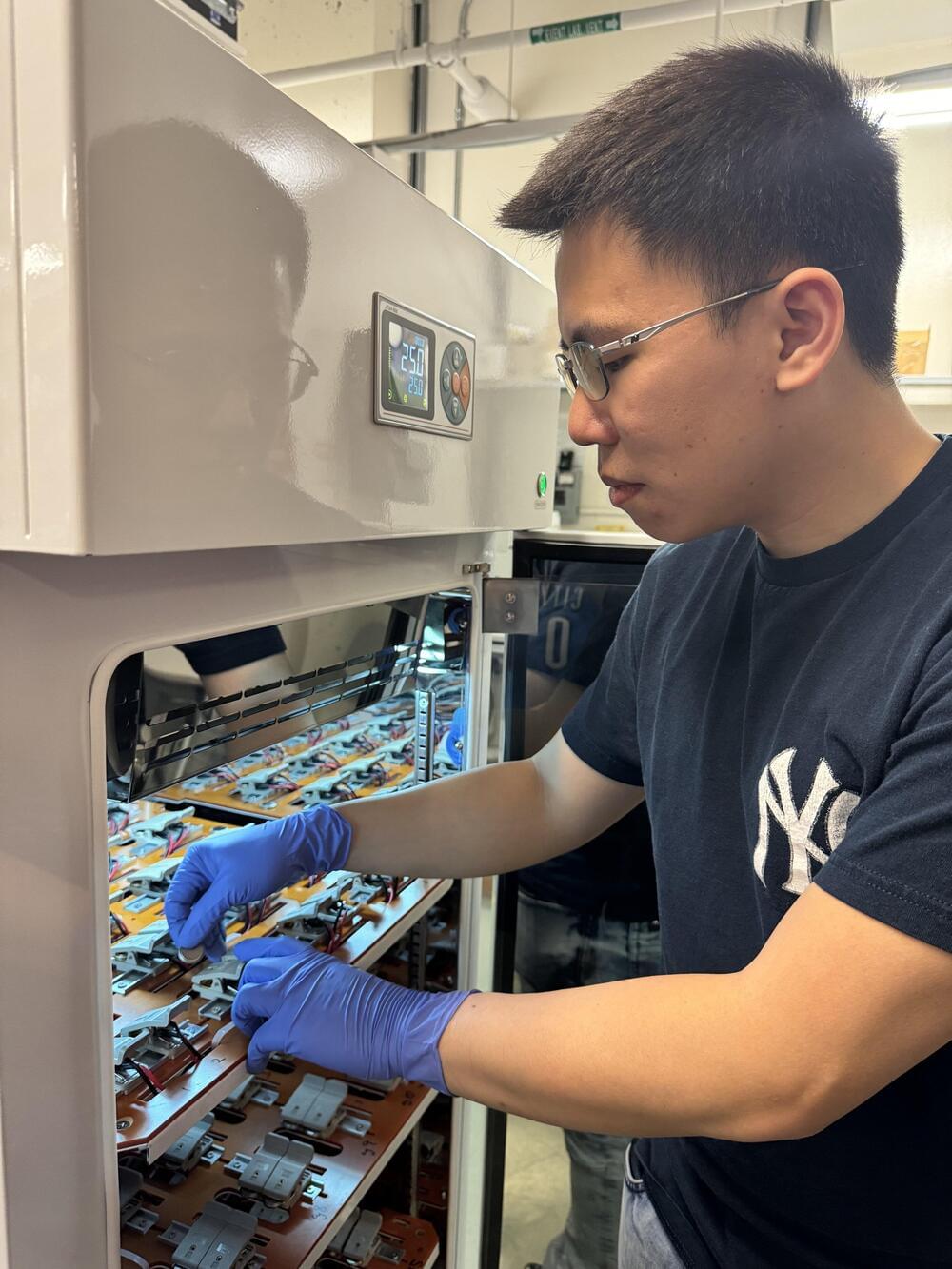


Tesla appears to be gearing up to launch a new Performance mode for the Model 3 and Model Y, as spotted in code from recent firmware updates.
On Sunday, Tesla code sleuth green the only posted about a “soft performance limit” option for the Model 3 and Y discovered in recent firmware, which the account says are listed as 110kW and 160kW, respectively. The discovery seems to suggest that Tesla is looking to launch a paid upgrade for the software-locked mode, allowing owners to upgrade to access full battery range.
Hm, interesting, recent firmwares bring “soft performance limit” option to Model3 and ModelY, listed as 110kW and 160kW respectively.
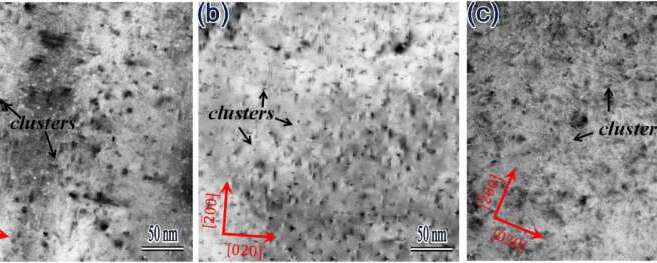
Dr. Hyeon-woo Son and his research team from the Department of Aluminum in the Advanced Metals Division at KIMS have successfully developed an aluminum alloy for electric vehicles that dramatically improves thermal stability. The paper is published in the Journal of Materials Research and Technology.
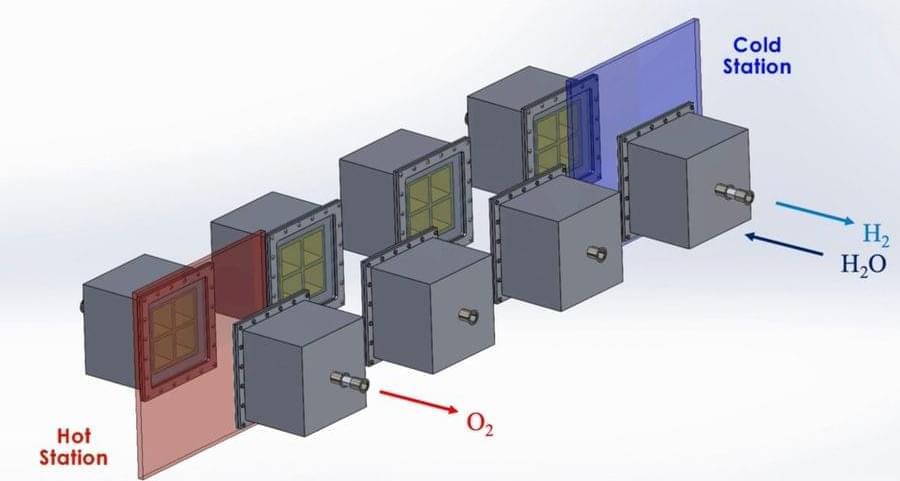
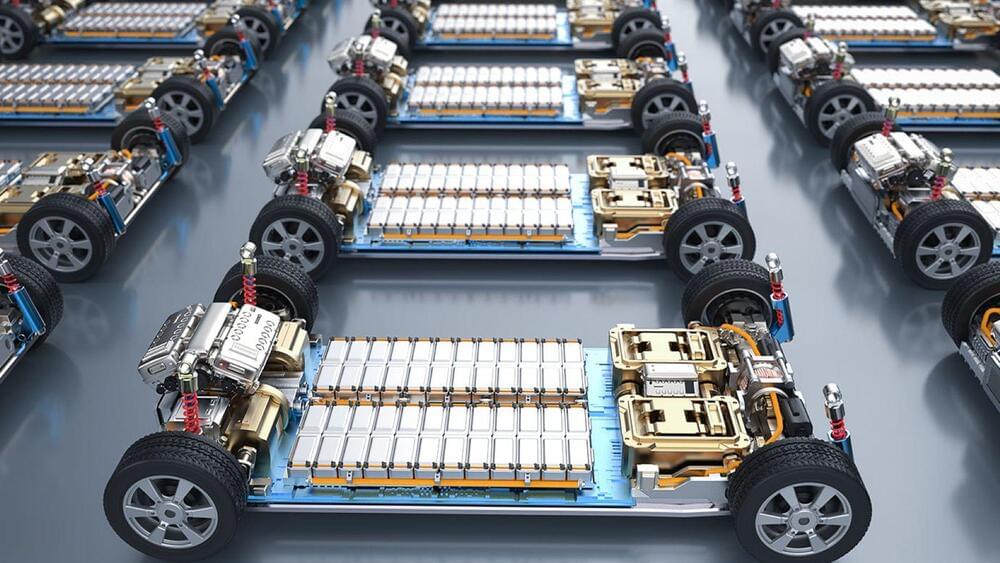
This fun and innovative project employs a rotary encoder and Arduino to capture rotational data and translate it into car movements in VR.
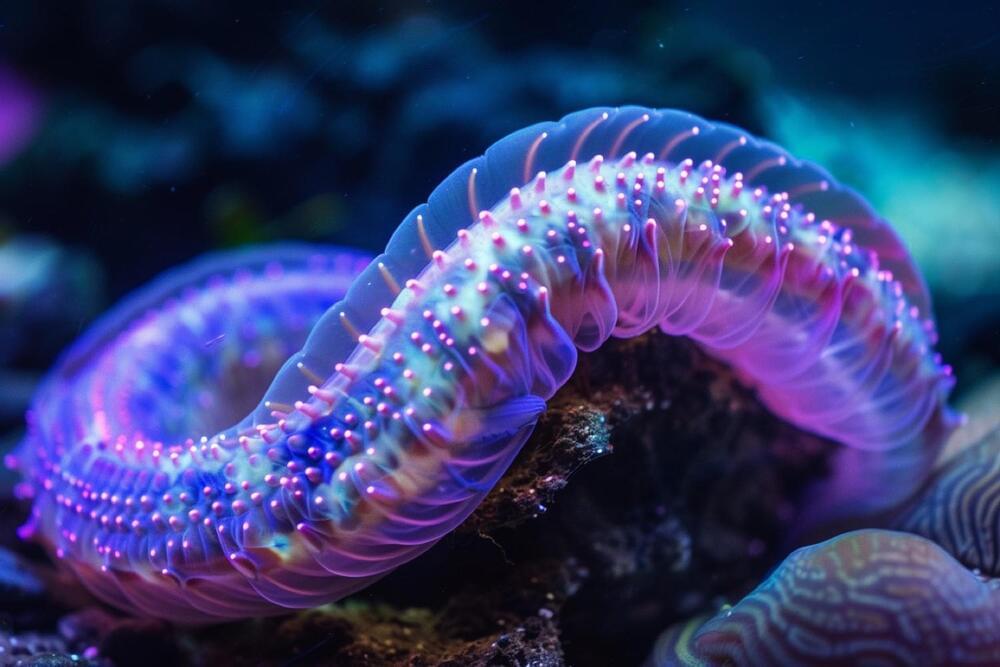

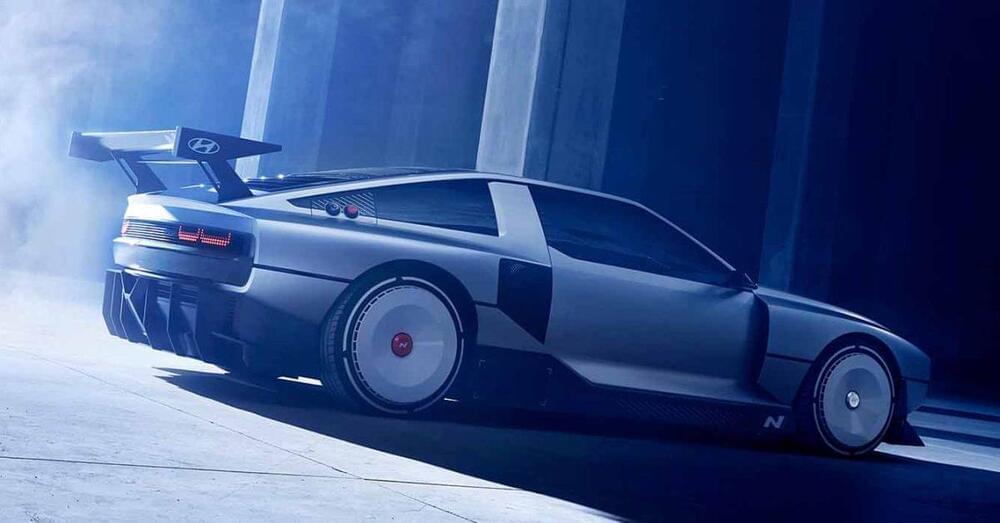
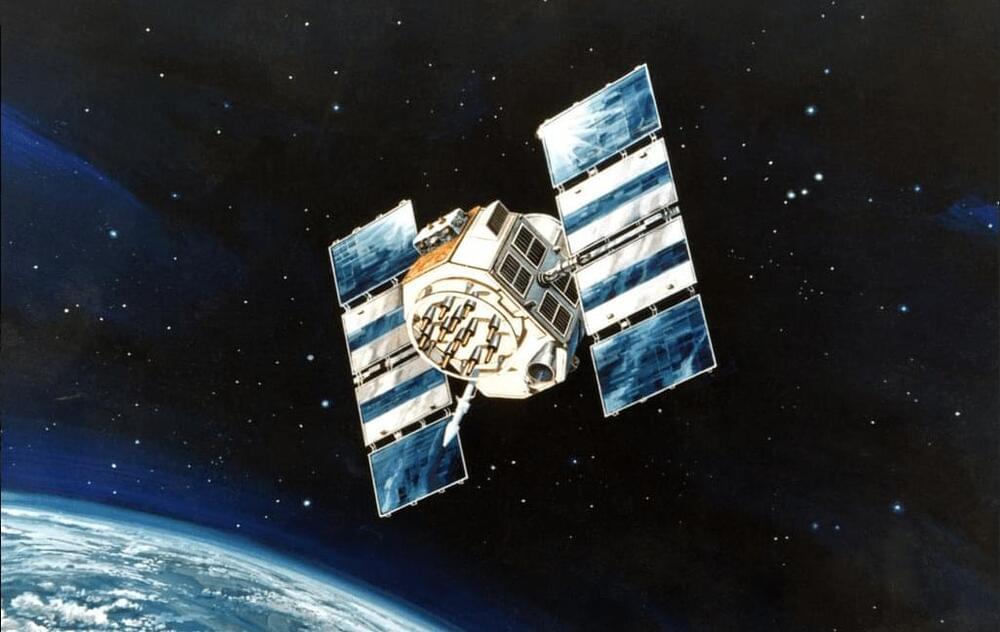
Jamming and spoofing attacks on GPS and other global navigation satellite systems (GNSS) are becoming increasingly common as geopolitical crises escalate, creating major challenges and risks for aviation, shipping and other critical services across the world.
Data from GPSJam.org has confirmed widespread GPS/GNSS interference across parts of Europe and beyond as an outcome of the war in Ukraine. Regions affected range from Finland and the Baltics to Poland, Romania and Bulgaria — in addition to the Black Sea, the Caucasus and Turkey. The Middle East is also being affected by interference stemming from Israel and Iran’s hostile activities in the region. Other interference efforts, albeit at a lower scale, are also regularly occurring in areas of Pakistan, India and Myanmar.
This interference can cause significant disruptions to airline take-offs and landings, leading to costly flight delays and flight plan changes. It also presents real risks for certain aircraft and airports. For instance, some airports rely solely on GPS signals for their method of approach —– this is why Russian GPS jamming forced Finnair to suspend flights to Estonia’s Tartu Airport earlier this year. In 2019, a passenger aircraft in Idaho nearly crashed into a mountain due to GPS disruption.